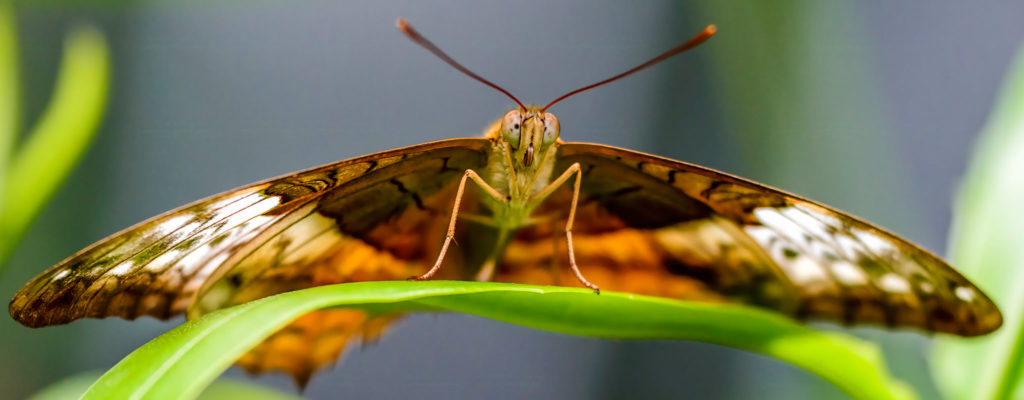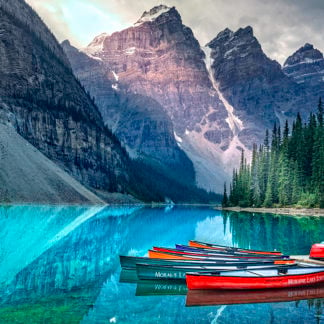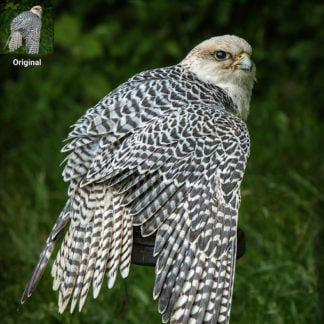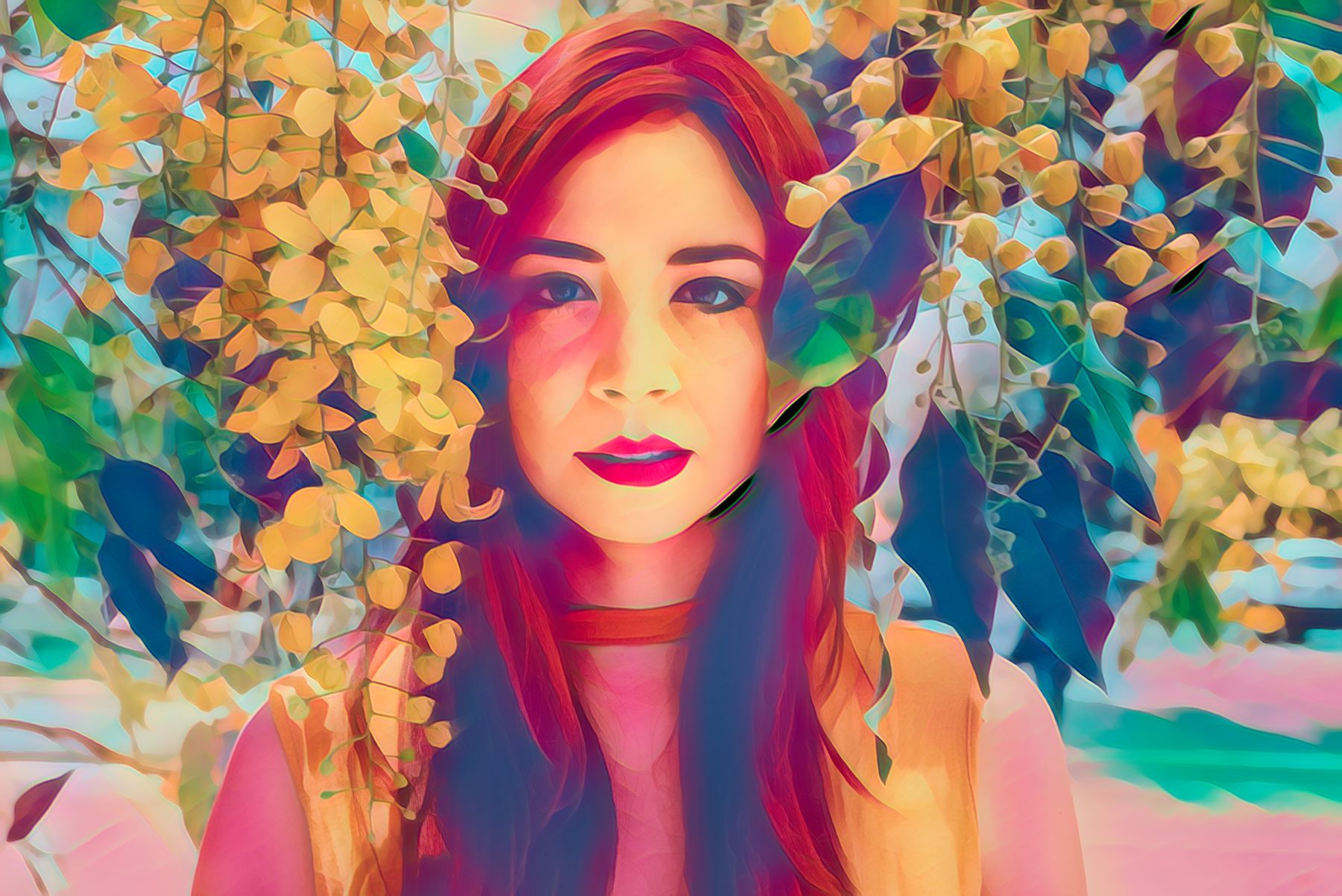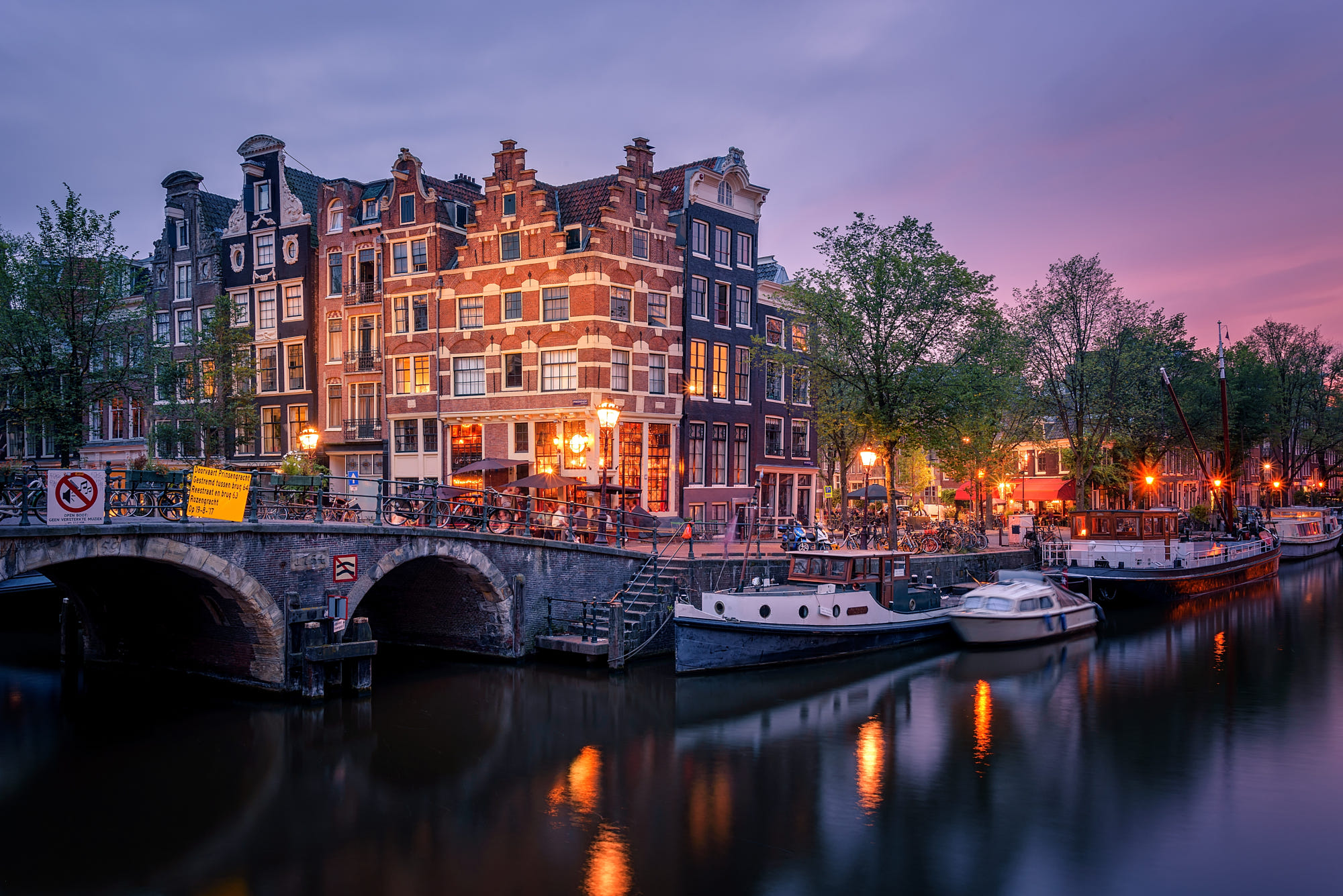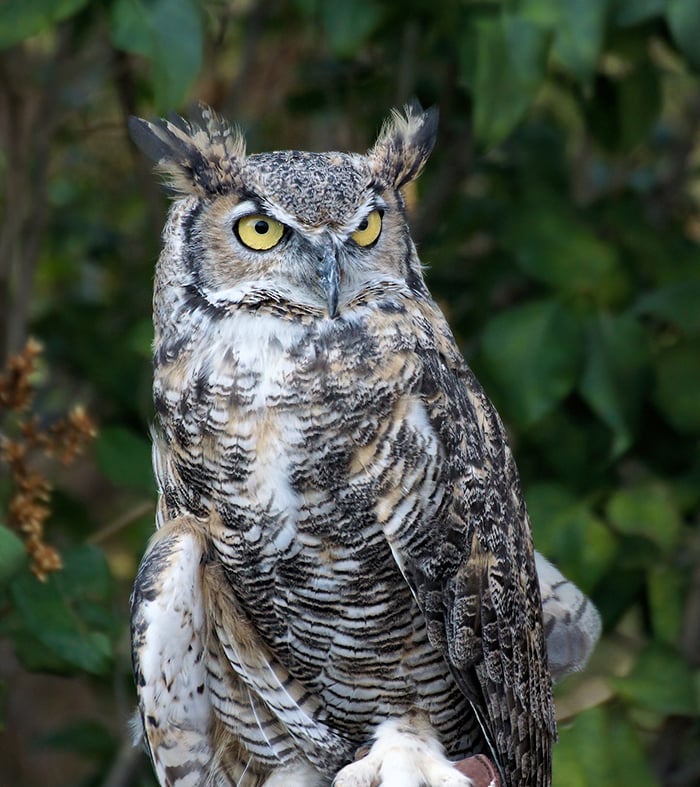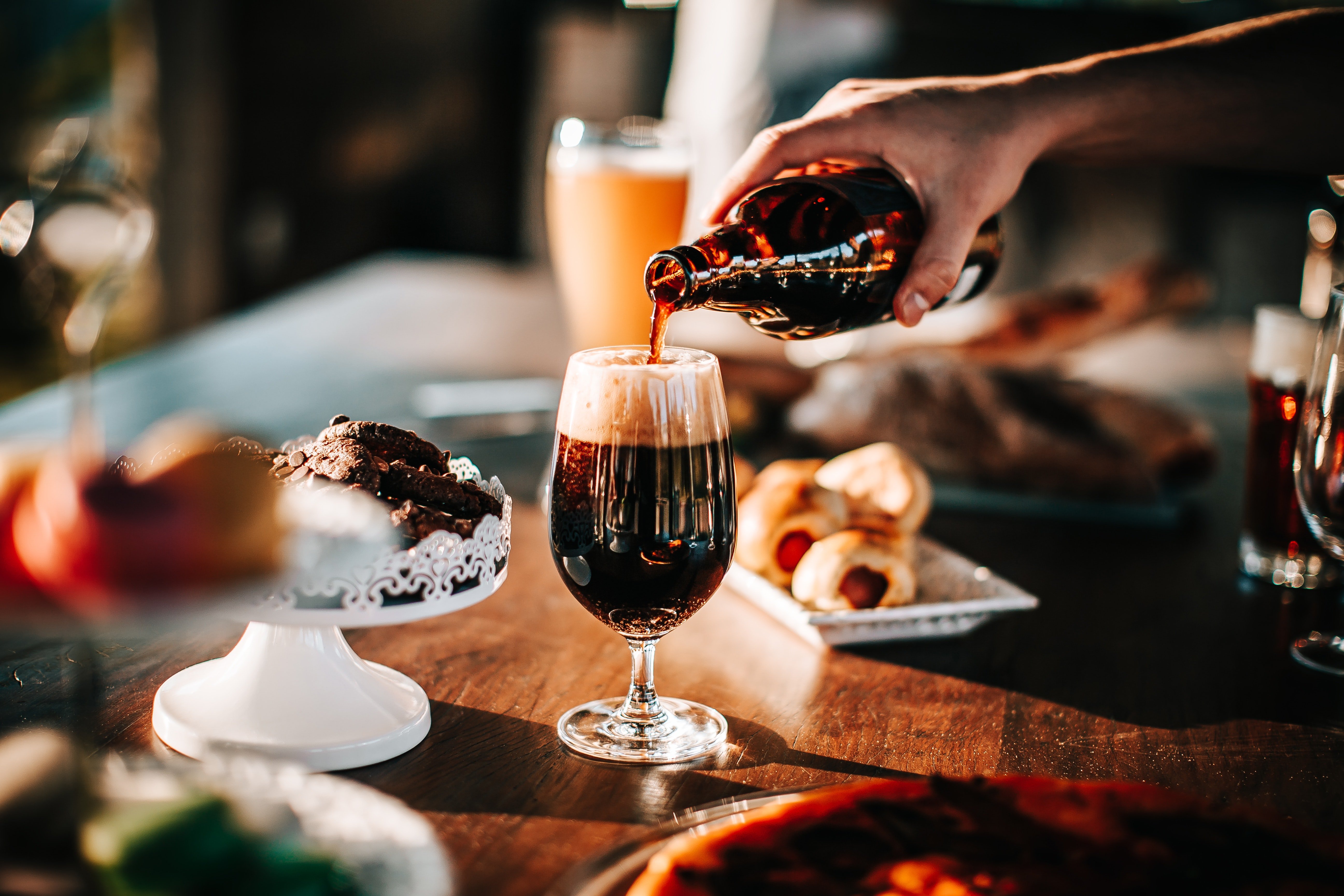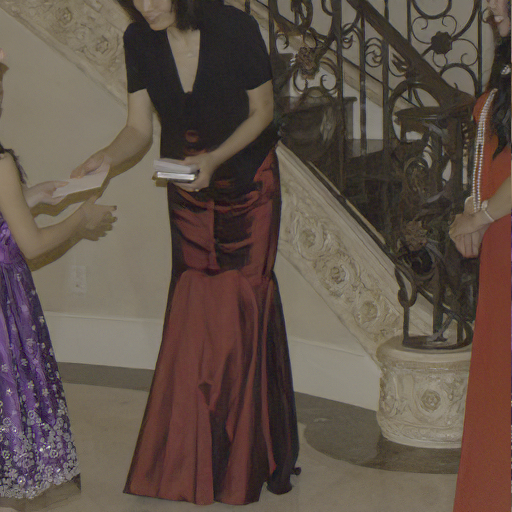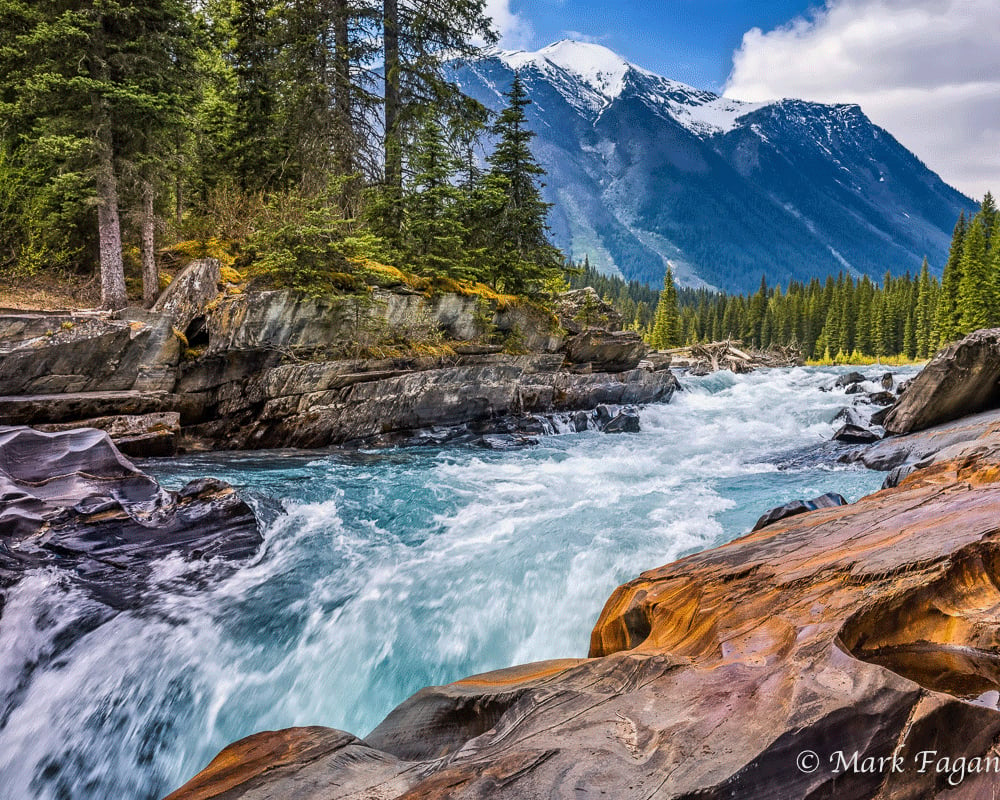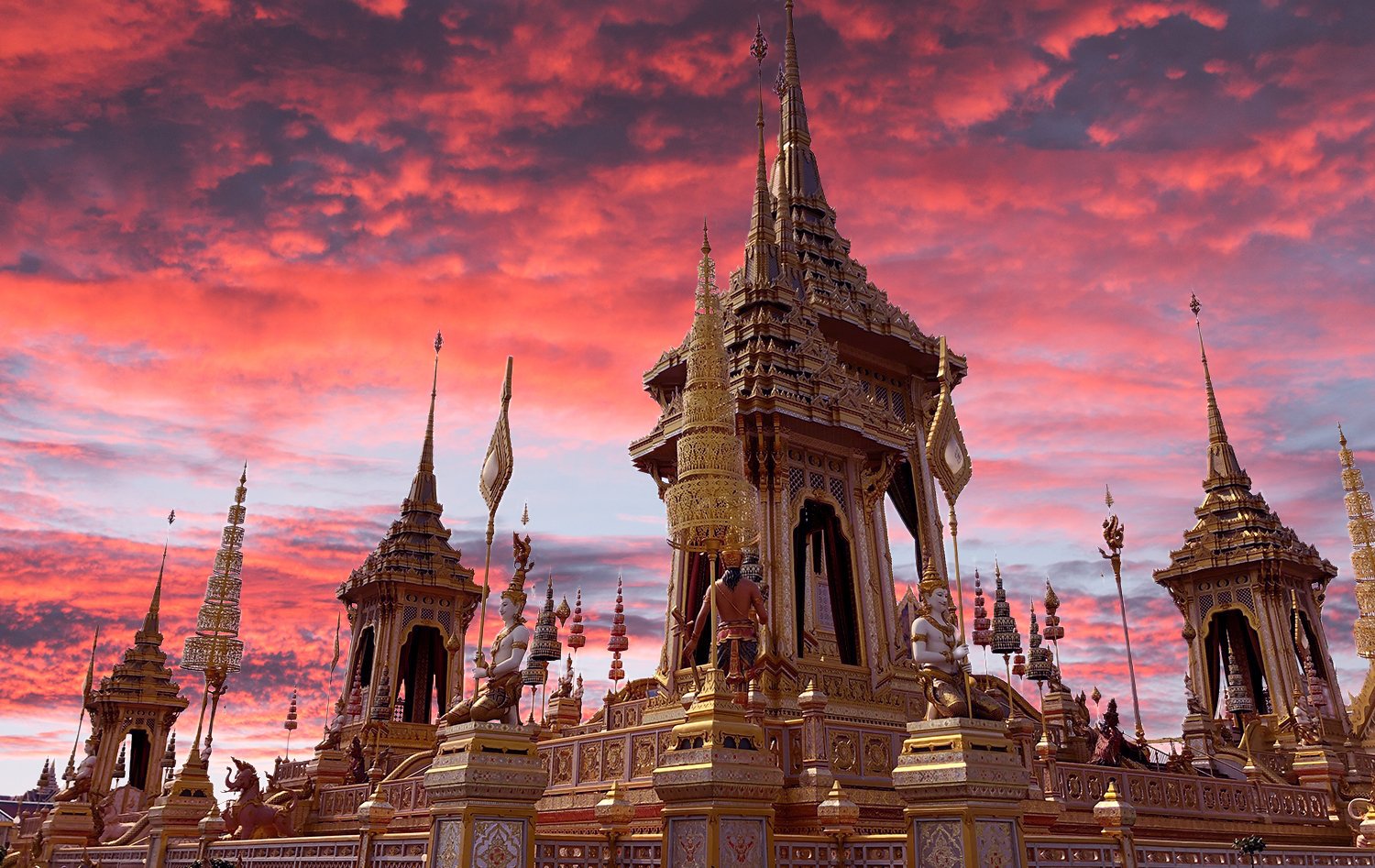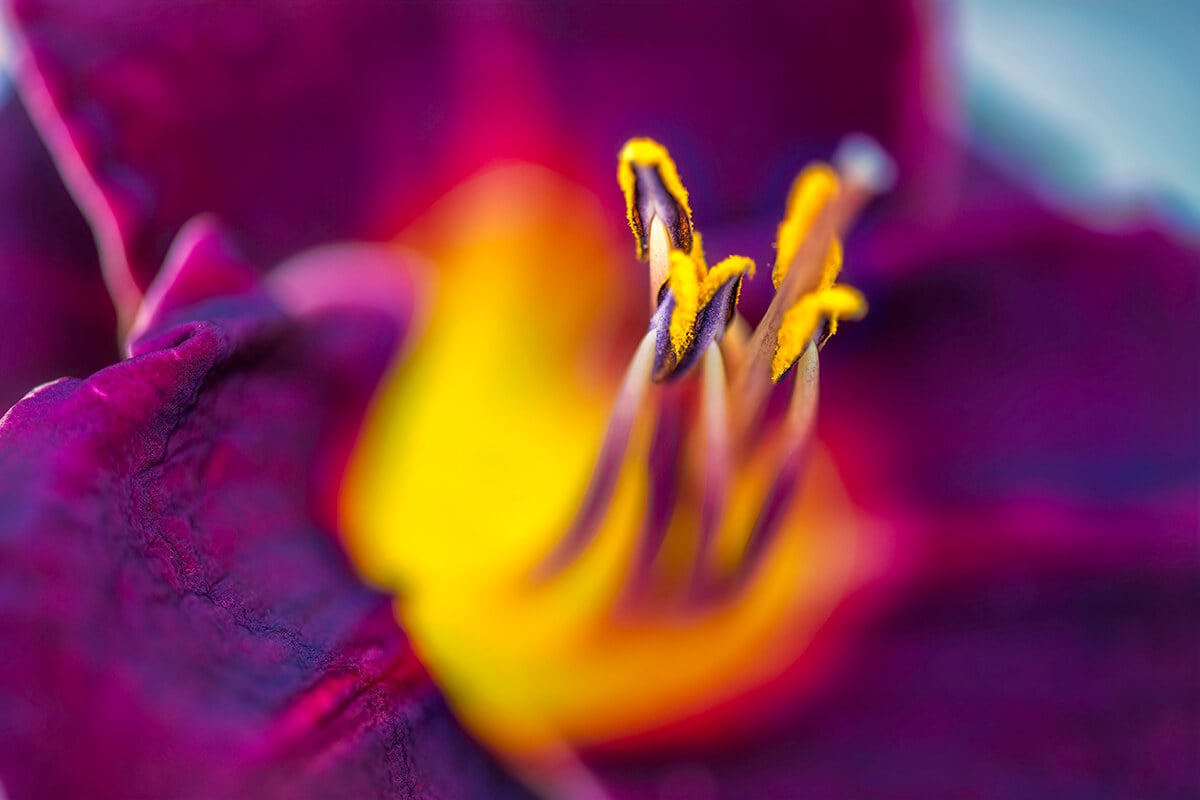
Tell us a little bit about your background and how you got into photography.
I initially became involved in photography in 2014, starting with general landscape and nature photography. I very quickly developed a passion for the natural world including birds in-flight, insects and spiders (but only the cute ones). It had been a while since I had participated in any photography (back in school with a film camera) and having seen some photos online, I thought it might be time to take up digital photography. Once I started getting back into it, the natural progression for me was expanding into micro and macro photography, since I conduct a significant amount of microscopy through my profession. I quickly discovered the beauty of nature both on the large (e.g. wildlife) and tiny scale (e.g. microbial life).
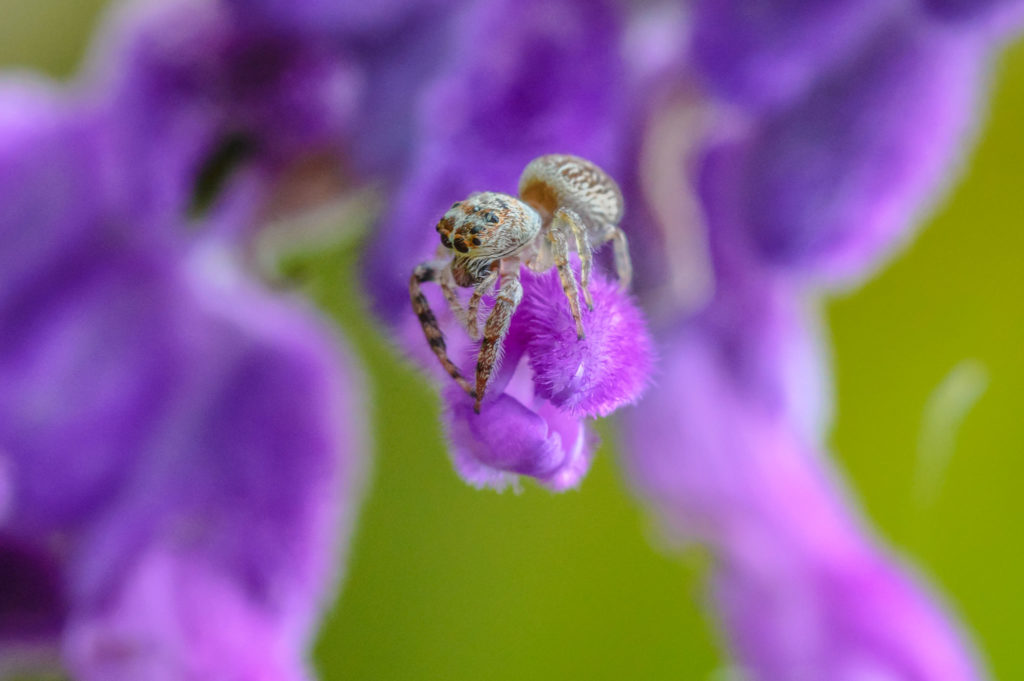
With your background in microbiology and microscopy, how does that affect how you see a subject in your photographs?
The microscopic world opens up a whole range of possibilities, many are right in front of our eyes without us even knowing. I think the more you get involved in the macro and microscopic worlds, the more you start to look for the finer details in a photo, things like patterns which may not always be visible to the naked eye. This can be things like disused timber, peppercorns and even the colors that appear from a crystal (like Aspirin below) when you cross-polarize the light. These are not manipulated colors but what actually comes from the camera.
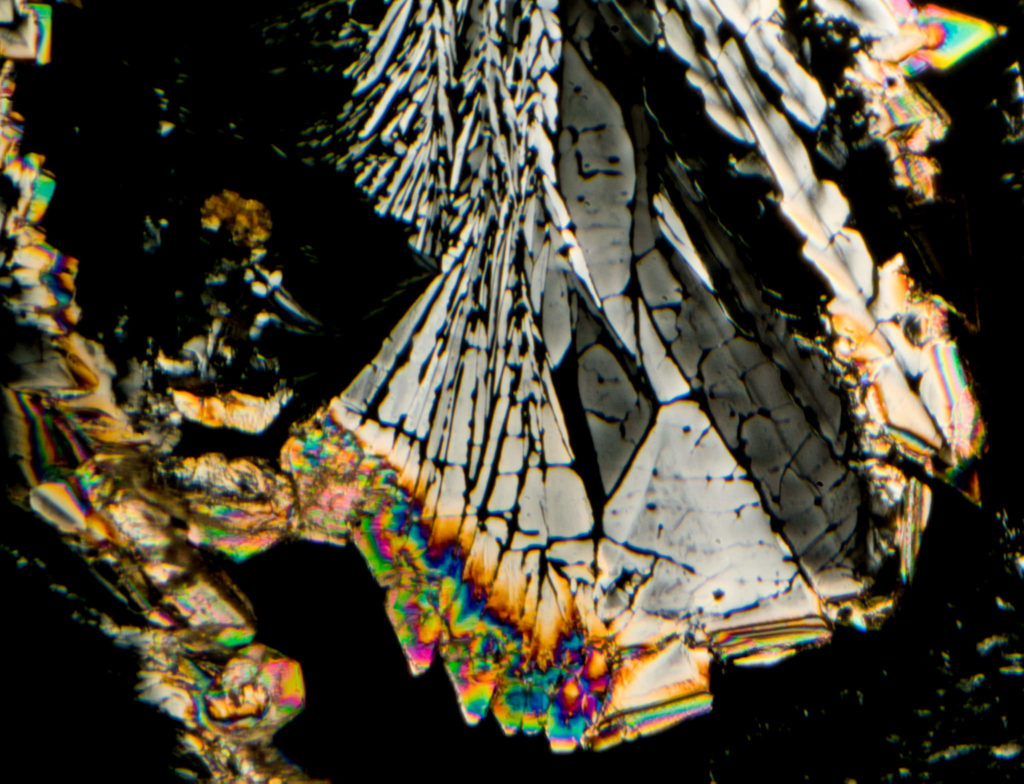
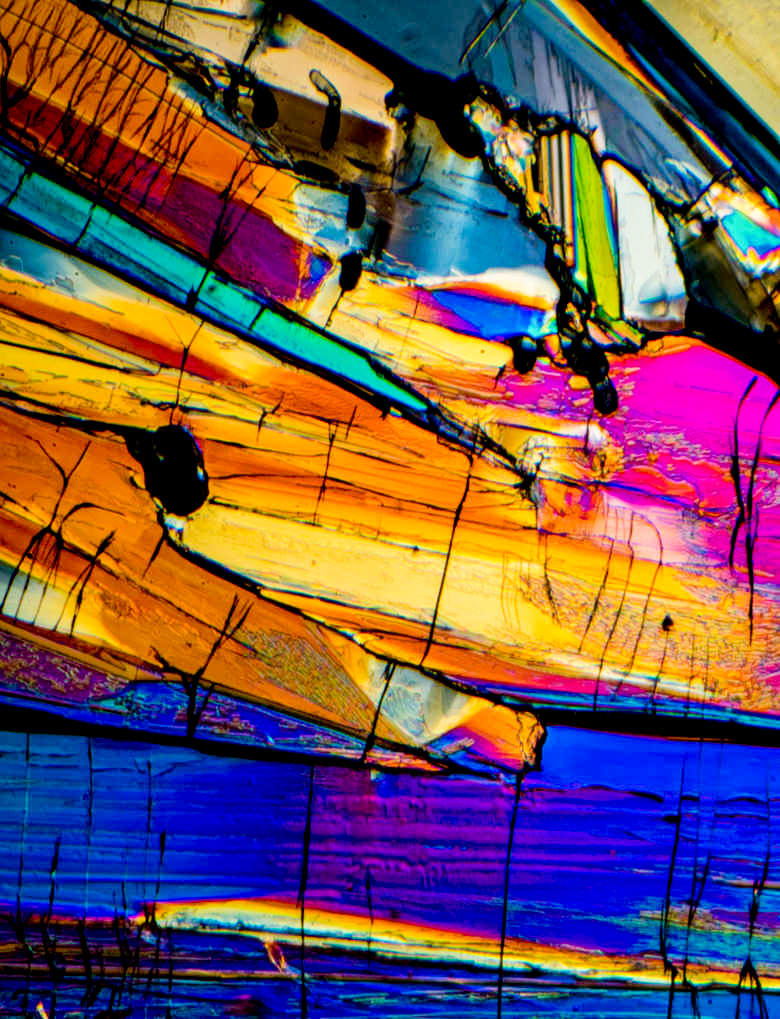
This kind of photography can be so difficult to master, but you make it look so easy! What advice would you give to a photographer looking to take and perfect their own macro and micro photos?
There are two areas to look at; microphotography usually requires some specialized equipment (e.g. a microscope) to get started and is, in my view, the more difficult of the two. I have an article on my specific microscopy setup and some on focus stacking (which is generally required for microscopy due to the shallow depth of field).
In terms of macro photography, that is much easier to get started in. It may be worth considering extension tubes, which are a cheaper alternative to a macro lens, but eventually the lens is the way to go if you can fit it in your budget. The benefit of digital photography, in general, is that you really get the chance to see what is working and what is not working as you go, so then start to adjust your technique as you take your photos.
This is especially important with macro photography as this has a shallow depth of field and can be less forgiving than other styles. Essentially though it comes down to practice (there is no shortcut). Start off with simple still objects (pepper, soap bubbles, kitchen items etc.) and progressively move through to leaves, flowers and then to other things such as insects.
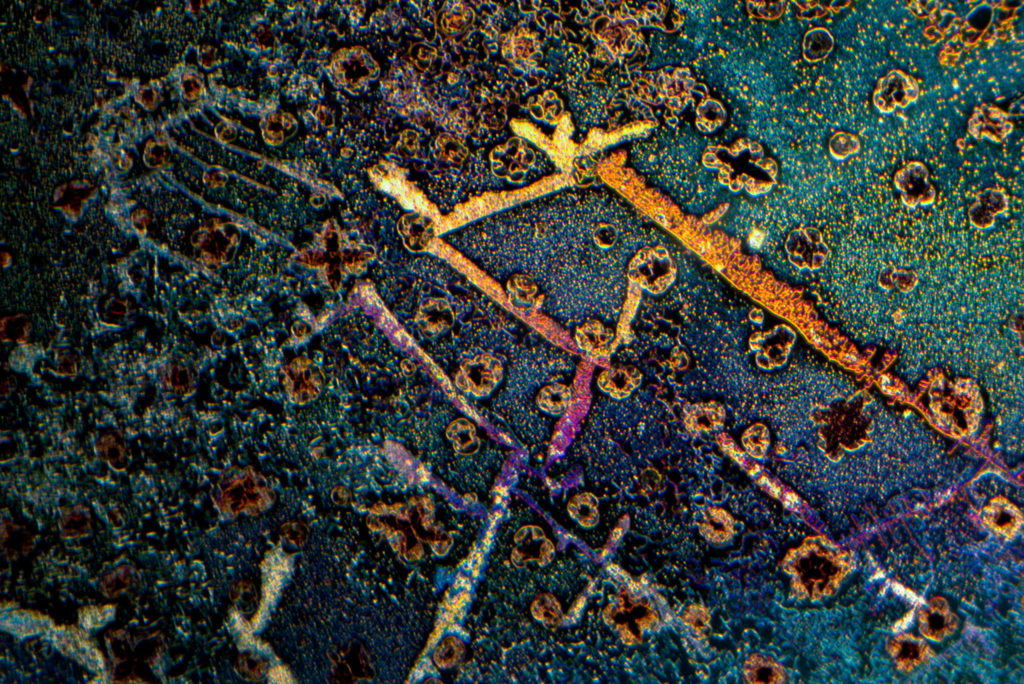
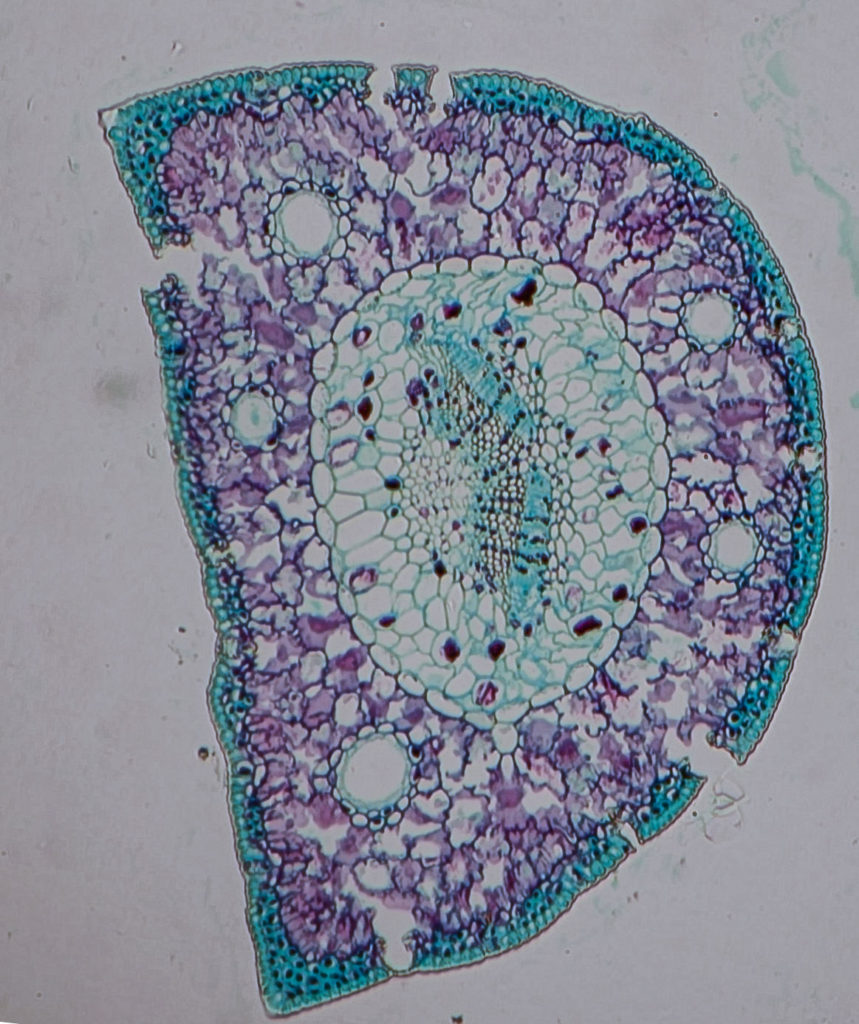
I am a strong believer in “do no harm”, so when capturing images of insects, it is important to capture and photograph them in a delicate and harmless way. As you start to progress, also remember to be aware of your surroundings and to treat the creatures with respect. It can be very easy to get lost through the lens when photographing something like a bee, where you may disturb others, possibly resulting in injury.
How did you develop your style? Which tools do you find completely irreplaceable in your workflow?
I have an interest in the natural world, and I think to a certain extent my style came from that. I like showing the detail within a scene or flora or fauna, which can include things like the structure, but also equally the colors. I think photography is a great tool that really allows us to share the fascinating world with others who may not always be able to see / experience these things.
I use a number of different tools based on the style and look of the photo. I usually start off with Lightroom as a digital asset manager, from there I begin to work on the photo using a range of different photo editing tools. This often includes Topaz Adjust AI to bring out the colors, clarity and detail.
For the macro work, Topaz Gigapixel AI has become a great tool within my workflow as it allows me to really increase the resolution of the image. This is especially important when the image is tightly cropped as is often the case with macro work.
For night and low light photos, I find Topaz DeNoise AI invaluable as it is rare that a night photograph is taken without having some noise (be it from high ISO, or thermal / sensor noise from long exposures).
Several of your presets appear in the new Adjust AI, including: HDR Natural Boost, Vivid Night, and Landscape Pro. Would you tell us a bit more about the inspiration behind these presets?
Vivid Night is all about taking some of your night-time cityscape photos and bringing them to life through boosting the colors, contrast and clarity. This preset was inspired from a night photo I took at Docklands, Victoria which included the Melbourne Star Observation wheel which lights up at night. The photo did not do the scene justice and this preset was designed to bring out the detail and color we often see in night scenes but don’t always replicate in the photos themselves.
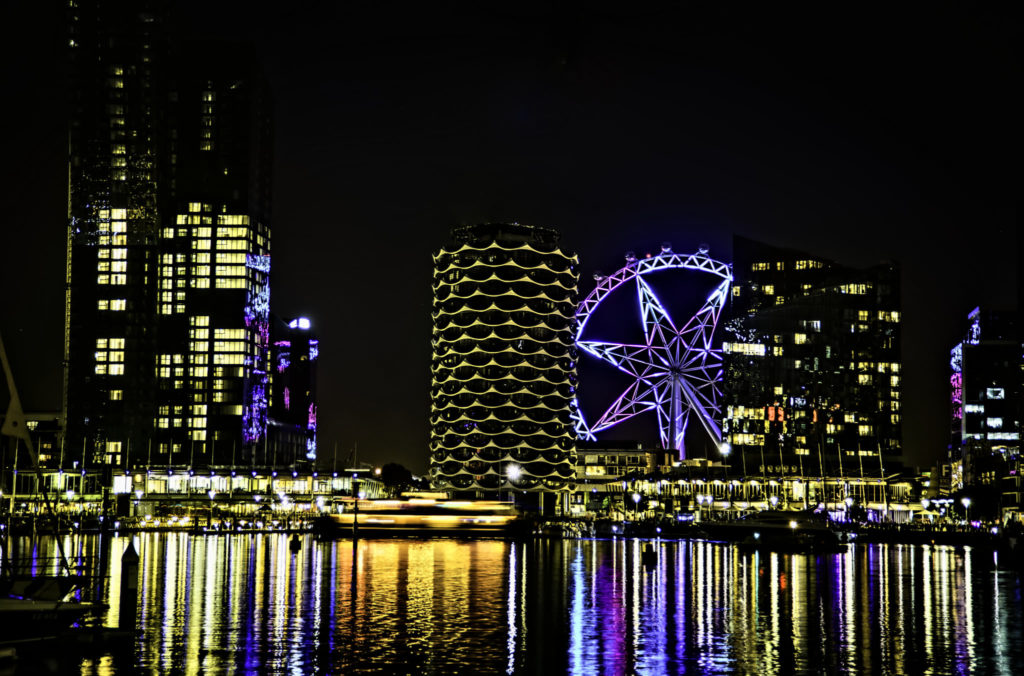
Landscape Pro is all about making your landscape images pop. This uses the AI (Standard mode), as well as making adjustments to contrast and clarity, which is often an issue with landscape photos.
Finally, HDR Natural Boost was designed around making improvements to your animal and wildlife photos. It does this by using the auto-adjust AI tool (HDR mode) and then making a range of changes to the clarity, contrast and sharpness.
What images do you particularly cherish? What is one of your most memorable shoots?
I have a range of photos I really cherish, especially the one below. I love this because of the beauty of the butterfly. They really are incredible creatures and a delight to photograph. This was at a zoo, so it made it much easier since they practically landed on you. I did try and return with my six-year-old daughter, however, it turns out she is terrified of butterflies (and especially them landing on her) so that was a very short-lived stay in the butterfly house!
